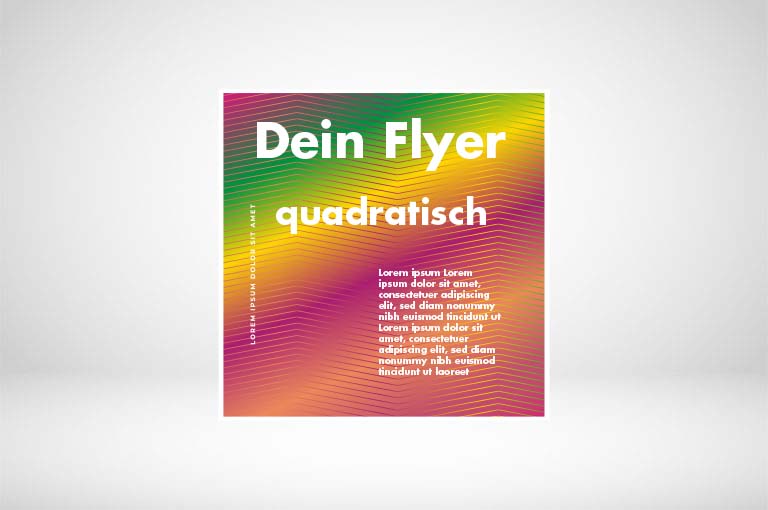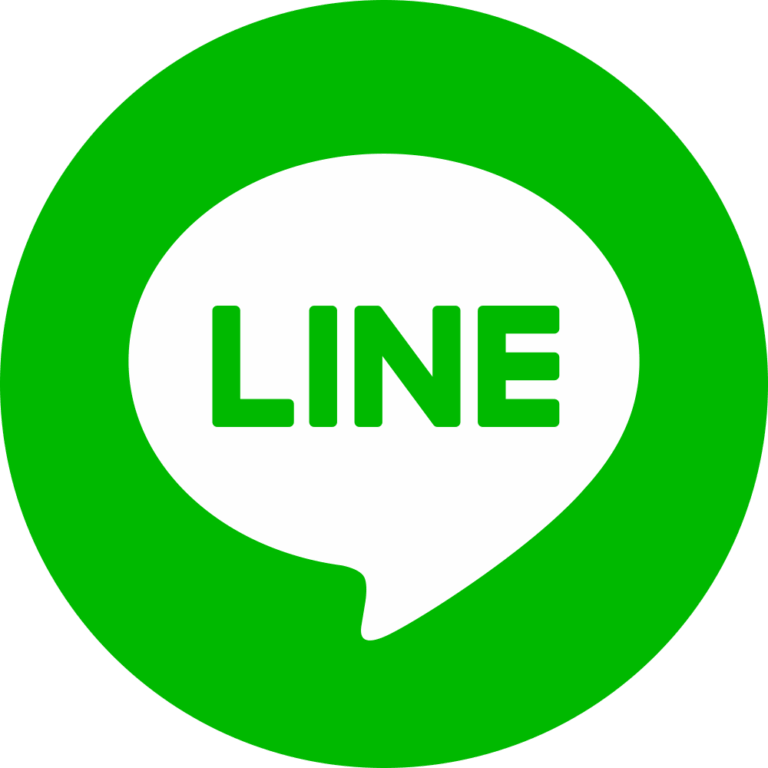
Introduction
In the fast-paced world of marketing, businesses are constantly exploring effective ways to reach their target audience. Flyers, one of the oldest forms of print advertising, still hold significant relevance today. They combine visual appeal with concise messaging, making them a popular choice for various events, promotions, and local businesses. In an age dominated by digital, the tactile nature of a flyer provides an engaging source of information that complements online strategies.
Recent Developments in Flyer Advertising
With the advent of technology, the design and production of flyers have evolved. Many businesses are now utilizing digital printing techniques allowing for vibrant colors and high-quality finishes. Additionally, the rise of online templates has made it easier for small businesses to create eye-catching flyers without the need for extensive design skills. A recent survey indicated that 60% of consumers still found flyers to be impactful, especially when used in conjunction with social media campaigns.
Effective Uses of Flyers
Flyers serve various purposes, including promoting special events, advertising sales, or providing information about community services. Among their effective uses, local restaurants are leveraging flyers to sustain patronage, especially as more cities reopen following pandemic restrictions. Additionally, schools and organizations frequently distribute flyers to promote activities or fundraising events, garnering community support. Furthermore, when direct mailed, flyers boast an average response rate ranging from 1-5%, significantly impacting consumer engagement.
Environmental Considerations
As sustainability becomes a pressing concern, many businesses are turning to eco-friendly printing options. Opportunities for recycled paper and soy-based inks are gaining popularity among environmentally-conscious companies. Such practices not only minimize their carbon footprint but also appeal to an audience that prioritizes sustainability, aligning their marketing efforts with their values.
Conclusion
Flyers remain a versatile tool in a marketer’s arsenal, proving their worth in a blended strategy that includes both print and digital methods. As they continue to adapt to current trends such as sustainability and design innovation, their role in advertising is likely to sustain its significance. Businesses looking to connect with their customers on a personal level should not overlook the potential of flyers. With a well-crafted design and targeted distribution, flyers can drive engagement and foster community ties, making them a longstanding staple in any marketing approach.



